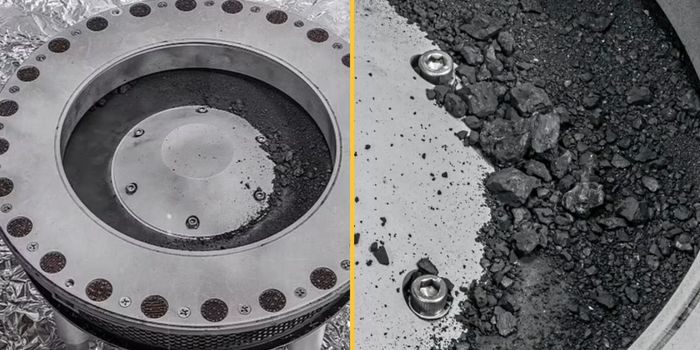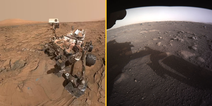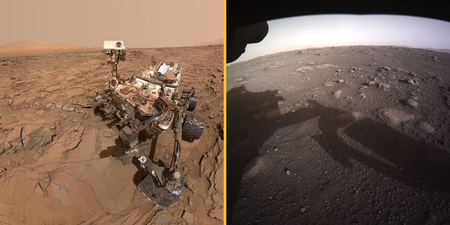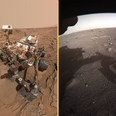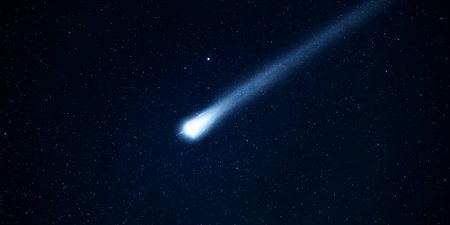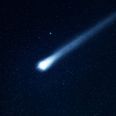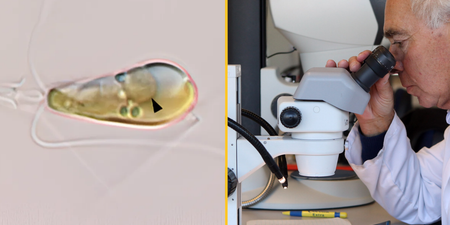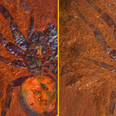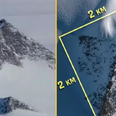NASA believes the asteroid could be one of the keys to life on Earth
NASA has revealed its long-awaited analysis of samples collected from an asteroid which could crash into Earth in 150 years.
The space agency sent their Osiris-Rex probe to Bennu, a 1,250ft asteroid which could hit Earth in 2182, in 2020 as part of a landmark mission to collect samples from the rock. These samples – thought to be about 250g – were returned to Earth on September 24, and have been studied at a top lab in Texas.
On Wednesday, NASA shared images of the samples and some of the biggest initial findings from the analysis.
The most eye-catching results for scientists were that Bennu contained large amounts of water and carbon, suggesting it was asteroids like this that brought the key components for life to our planet.
“The OSIRIS-REx sample is the biggest carbon-rich asteroid sample ever delivered to Earth and will help scientists investigate the origins of life on our own planet for generations to come,” said NASA Administrator Bill Nelson.
“Almost everything we do at NASA seeks to answer questions about who we are and where we come from. NASA missions like OSIRIS-REx will improve our understanding of asteroids that could threaten Earth while giving us a glimpse into what lies beyond.
“The sample has made it back to Earth, but there is still so much science to come – science like we’ve never seen before.”
The water content of the asteroid was “locked inside the crystal structure” of clay minerals in the sample.
Osiris-Rex principal investigator Dr Dante Lauretta said: “That water – that is how we think water got to the Earth.
“The reason that Earth is a habitable world – that we have oceans and lakes and rivers and rain – is because clay minerals, like the ones we’re seeing from Bennu, landed on Earth 4.5 billion years ago.”
Osiris-Rex had collected the samples from Bennu in October 2020 by approaching the asteroid and ‘high-fiving’ it, some 330 million km from Earth.
It then took almost three years for the samples to be returned to Earth as the NASA craft dropped off the cargo in the Utah desert.
Whilst analysis will continue on some of the sample, three-quarters of it will be placed straight in an archive and locked away, fo that future generations can analyse it, with technology and knowledge that we don’t have today.
“The science obtained during the mission so far, coupled with the samples we’re only now getting a glimpse of, is just the beginning of the wealth of knowledge that we can expect from Osiris-Rex,” said Eileen Stansbery, the chief scientist at Johnson.
Related links:
Scientists are ‘absolutely certain’ aliens exist in our Solar System
Physics professor claims to have found evidence we are living in a ‘virtual reality simulation’
Debris from an ‘alien spacecraft’ pulled from Pacific Ocean floor
